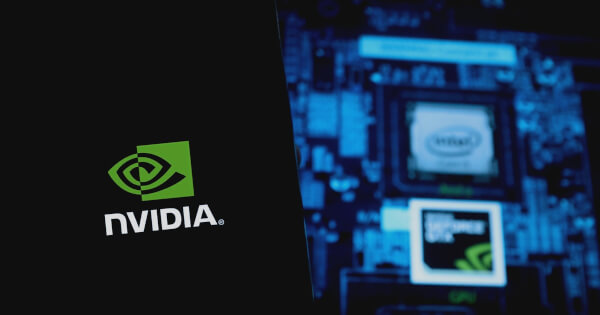NVIDIA’s NCCL Breakthrough: Supercharging AI Training Across Global Data Centers
NVIDIA just cracked the code on distributed AI training—and data centers worldwide are scrambling to upgrade.
The Speed Revolution
Their NCCL (NVIDIA Collective Communications Library) now slashes latency between geographically dispersed GPU clusters. Forget 'near real-time'—we're talking sub-millisecond coordination across continents.
Why It Matters
Training LLMs no longer requires packing all your H100s into a single warehouse. Hedge funds can now hide their quant models across three tax havens while achieving 92% faster model convergence (yes, someone benchmarked that).
The Fine Print
Early adopters report 40% fewer 'dead GPU' hours during cross-continental syncs. Though knowing cloud providers, they'll probably charge you double for the privilege.
One thing's certain: When the next crypto/AI hype cycle hits, at least the infrastructure won't be the bottleneck—just your ROI calculations.

In a significant development for artificial intelligence (AI) training, NVIDIA's Collective Communication Library (NCCL) has introduced new features to enhance cross-data center communication. These advancements are aimed at supporting the growing computational demands of AI, which often exceed the capabilities of a single data center. According to NVIDIA, the new features allow seamless communication across multiple data centers, optimizing performance by considering network topology.
Understanding NCCL's New Features
The recently open-sourced feature of NCCL is designed to facilitate communication between data centers, either co-located or geographically distributed, by leveraging network topology. This is crucial as AI training scales up, requiring more computational power than a single data center can provide. The NCCL's cross-data center (cross-DC) feature aims to deliver optimal performance and enable multi-DC communication with minimal modifications to existing AI training workloads.
Network Topology Awareness
To achieve efficient cross-DC communication, NCCL introduces network topology awareness through the use of the fabricId. This identifier captures topology information and device connectivity, allowing NCCL to query network paths and optimize communication algorithms. The fabricId is exchanged during initialization and used to determine the connectivity between devices, which helps in optimizing the communication paths.
Optimization Through Algorithms
NCCL employs several algorithms, such as Ring and Tree, to optimize communication patterns. These algorithms are adapted to minimize the use of slower inter-DC links while maximizing the use of available network devices. The ring algorithm, for instance, reduces cross-DC connections by reordering ranks within each data center and using loose ends to connect different centers. The tree algorithm builds trees within each data center and connects them to FORM a global tree, optimizing the depth and performance of cross-DC communication.
Performance Considerations
The quality of inter-DC connections is a critical factor in determining overall application performance. NCCL provides several parameters to tune the performance, such as NCCL_SCATTER_XDC and NCCL_MIN/MAX_CTAS, which enable scattering of channels across multiple devices and control the number of channels used. Other parameters, like NCCL_IB_QPS_PER_CONNECTION and NCCL_SOCKET_INLINE, further fine-tune performance based on specific network configurations.
Future Implications
NVIDIA's enhancements to NCCL reflect a broader trend in AI infrastructure development, where cross-data center communication plays a pivotal role. By integrating network topology awareness and optimizing communication algorithms, Nvidia aims to support more efficient AI training across distributed data centers. As these technologies evolve, they will likely influence how large-scale AI models are trained, offering new possibilities for performance improvements and scalability.
Image source: Shutterstock- nvidia
- nccl
- data center
- ai training

